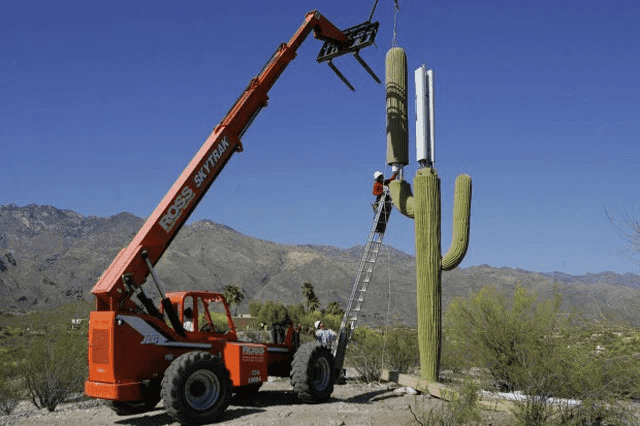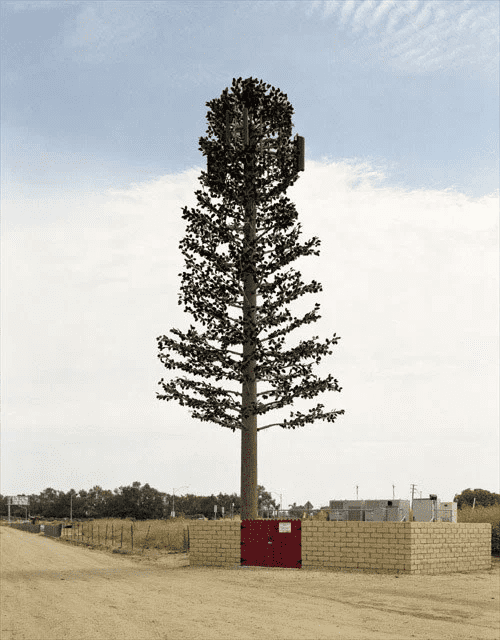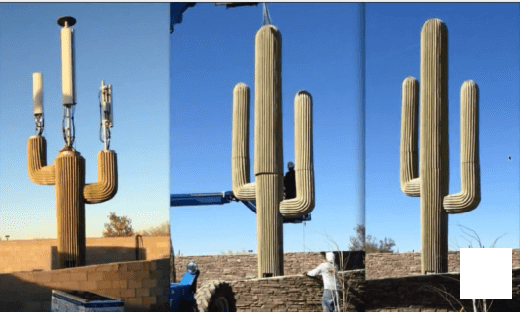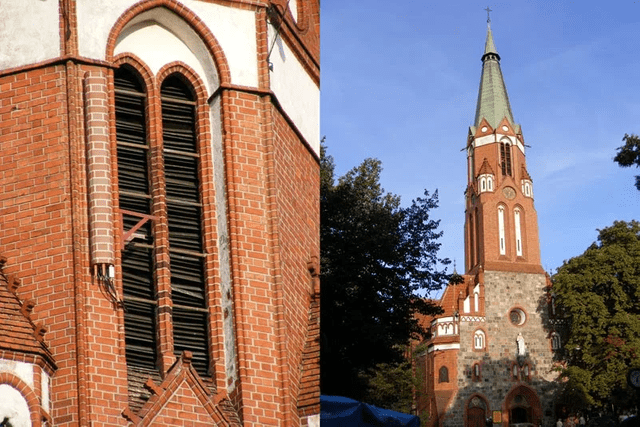dfspcc20
Member
- Joined
- Dec 9, 2015
- Messages
- 633
Is there a distance considered "safe" from the nearest 5G tower to ones' house?
These towers are popping up like mushrooms around me. Mostly lining the main roads, but some are almost literally being put in peoples' back yards.
I know the signal drops off rapidly with distance.
I'm at ~300ft now to the nearest tower, but who knows how long that will last. There are a couple utility right-of-ways on and near my property, so I'm assuming those are fair game for future towers.
Similarly, other than extremely rural places, what might be a good location (re: absence of 5G) to move to if one were considering it? With more permanent working-from-home options becoming more normalized due to COVID-19, my geographic options do open up quite a bit. Here it seems like the more upper-class neighborhoods are getting the "benefits" of 5G just as often, if not more so, as the more run-down places.
These towers are popping up like mushrooms around me. Mostly lining the main roads, but some are almost literally being put in peoples' back yards.
I know the signal drops off rapidly with distance.
I'm at ~300ft now to the nearest tower, but who knows how long that will last. There are a couple utility right-of-ways on and near my property, so I'm assuming those are fair game for future towers.
Similarly, other than extremely rural places, what might be a good location (re: absence of 5G) to move to if one were considering it? With more permanent working-from-home options becoming more normalized due to COVID-19, my geographic options do open up quite a bit. Here it seems like the more upper-class neighborhoods are getting the "benefits" of 5G just as often, if not more so, as the more run-down places.




















